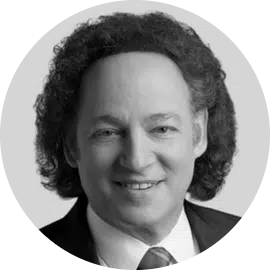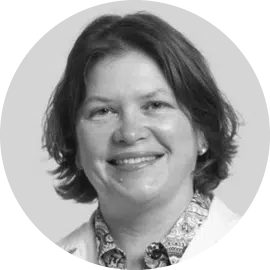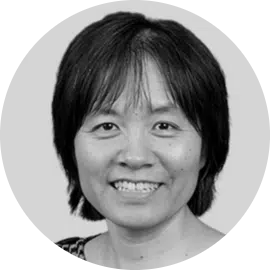Early detection of ocular diseases is paramount to prevent vision loss.
Current clinical tools focus on anatomy and, therefore, assess damage already made to the eye, which often means, too late.
Eye Diseases are on the Rise
The prevalence of the three main causes of avoidable blindness is expected to increase significantly by 2030.
%
Glaucoma
%
Diabetic Retinopathy
%
Age-related Macular Degeneration
A Paradigm Shift in Ocular Disease Management
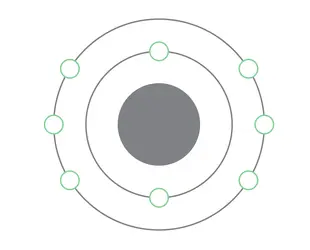
What is Ocular Oximetry?
Ocular oximetry is a non-invasive technique that allows the measurement of oxygen saturation of blood (StO₂) in the eye. A rapidly growing number of studies show that oxygen dysregulation plays a central role in several ocular pathologies such as glaucoma, diabetic retinopathy, and age-related macular degeneration.
How is StO₂ Calculated?
Zilia’s technology uses light to acquire spectral information at a precise location of the eye fundus. A proprietary algorithm then extracts the known absorption spectra of the oxygenated and deoxygenated states of hemoglobin to calculate the effective oxygen saturation (StO₂).
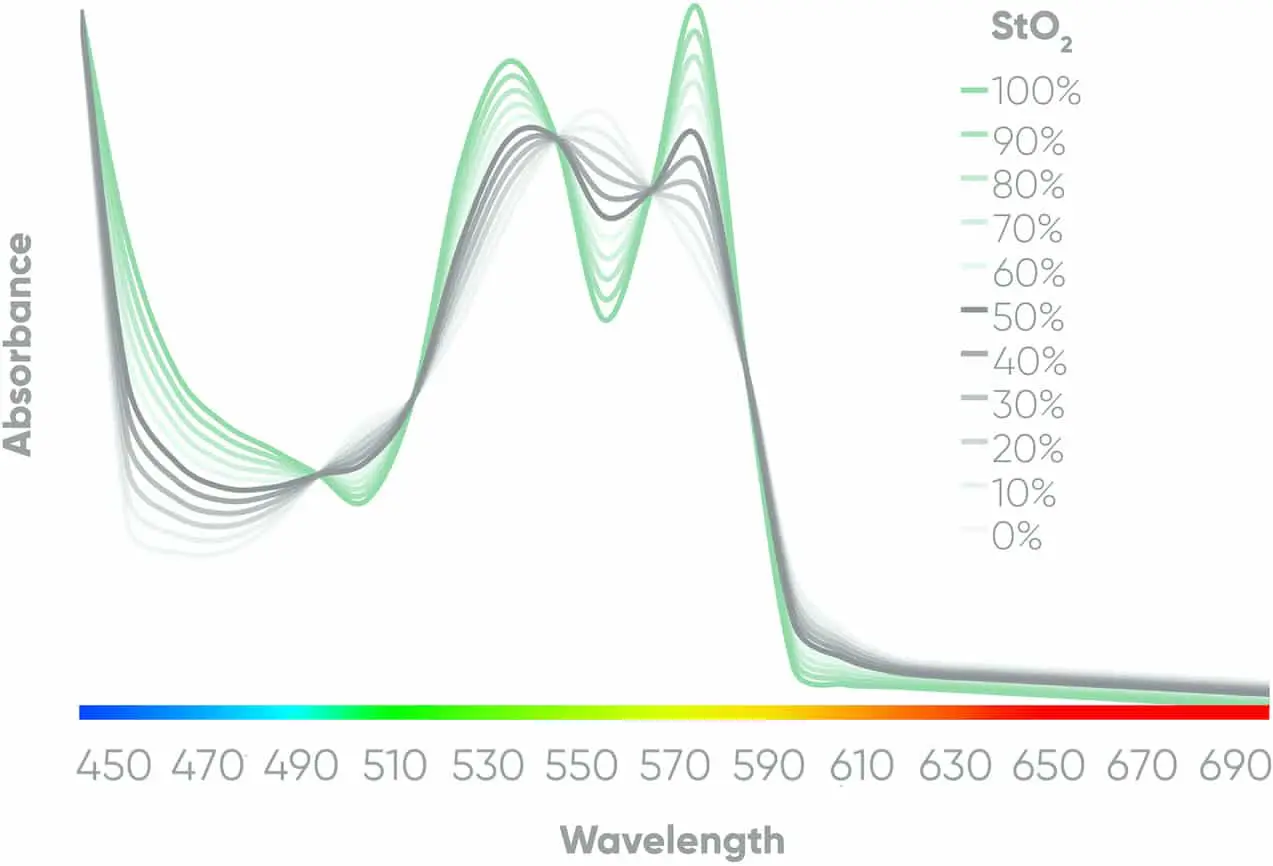
Improving Visual Outcomes
Identify
Oxygen saturation is an early biomarker of eye diseases and could help identify issues before irreversible damage occurs.
Treat Earlier
Having critical information about the eye’s metabolism allows treatment to start earlier.
Treat Better
Unprecedented insights open the door to the development of improved treatments and new drugs.
What Experts Think
Get in Touch
If you would like to discuss how our platform can be put to use, contact a Zilia representative today! LEARN MOREREQUEST A DEMOSolutions
